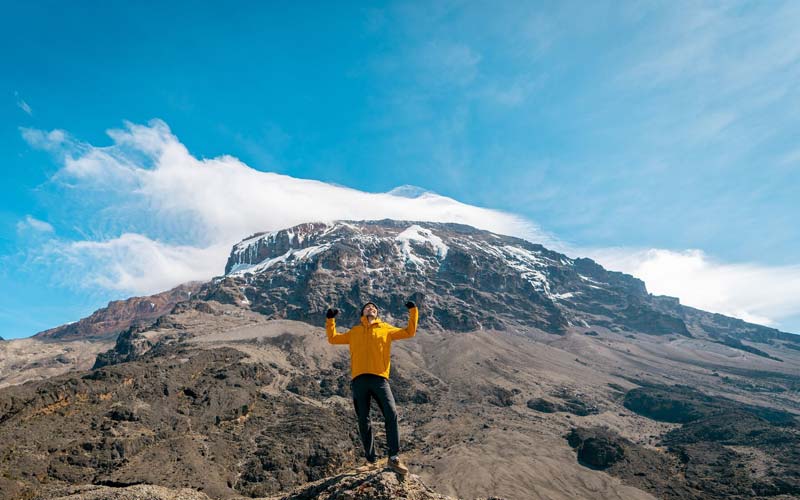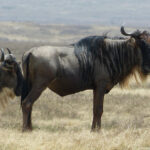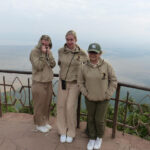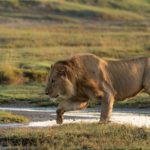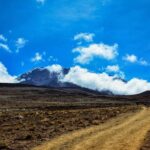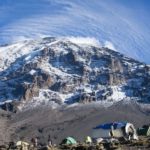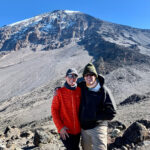5 Essential Tips for Climbing Mount Kilimanjaro
Embarking on the monumental challenge of climbing Mount Kilimanjaro is a journey unlike any other. Rising majestically above the East African plains, Kilimanjaro beckons adventurers from around the globe to conquer its formidable slopes and reach its iconic summit, Uhuru Peak. However, scaling Africa’s highest peak is no easy feat—it requires careful planning, physical preparation, and mental fortitude to overcome the challenges posed by high altitude, rugged terrain, and ever-changing weather conditions. In this comprehensive guide, we’ll explore five essential tips to help you prepare for your Mount Kilimanjaro expedition, equipping you with the knowledge and strategies needed to maximize your chances of success and ensure a safe and unforgettable summit experience.
1. Train Smart for Kilimanjaro Endurance
Training your body to endure the physical demands of climbing Mount Kilimanjaro is essential for success. To build the stamina and resilience needed to tackle Kilimanjaro’s challenging terrain and high altitude, it’s crucial to adopt a comprehensive training regimen that incorporates both cardiovascular exercises and strength training.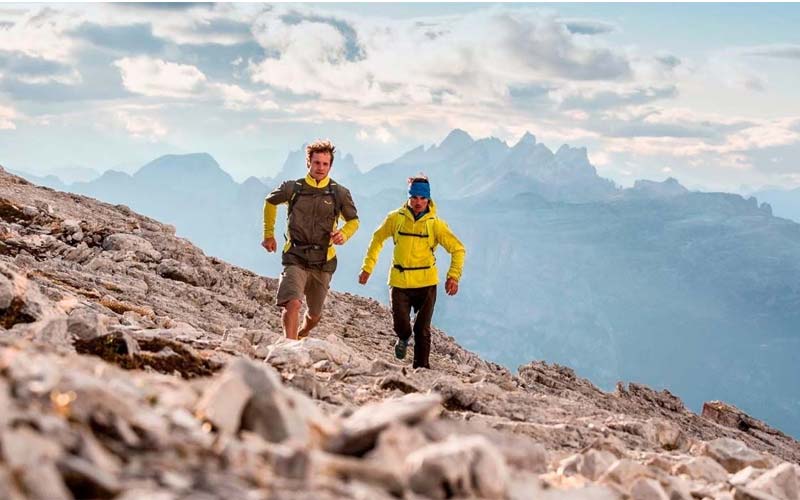
What to Do:
- Start with low-intensity, long-duration workouts such as day hikes or extended walks.
- Gradually increase the intensity and duration of your training sessions.
- Incorporate aerobic exercises like running or cycling to improve cardiovascular fitness.
- Strengthen lower-body muscles with exercises like squats and lunges to prepare for uphill climbs.
2. Choose Lightweight Footwear for Efficiency
Selecting the right footwear is crucial for optimizing your energy efficiency and reducing fatigue during your Mount Kilimanjaro climb. Every ounce matters when you’re trekking for days at high altitude, so it’s essential to choose lightweight and supportive footwear that provides comfort, stability, and durability on the trail.
What to Consider:
- Opt for lightweight hiking boots or trail shoes designed for long-distance trekking.
- Look for models with ample cushioning, sturdy traction, and breathable materials.
- Avoid heavy or bulky footwear that can weigh you down and increase the risk of blisters.
3. Pack Wisely to Minimize Excess Weight
Packing smartly is essential for reducing excess weight and maximizing your mobility and comfort on the trail. When preparing your gear for your Mount Kilimanjaro climb, carefully evaluate each item to determine its necessity and functionality.
What to Pack:
- Essential items such as clothing layers, sleeping gear, personal hygiene supplies, and a first aid kit.
- Lightweight and moisture-wicking clothing suitable for the climate and weather conditions.
- Consider using porter services to transport non-essential gear between campsites.
4. Maintain a Sustainable Pace for Longevity
Achieving your goal of reaching the summit of Mount Kilimanjaro requires pacing yourself wisely and conserving energy throughout the duration of your climb. While it may be tempting to start fast and push yourself to the limit, adopting a sustainable pace is key to maximizing your chances of success and minimizing the risk of exhaustion, injury, or altitude-related illnesses.
Tips for Pacing:
- Start at a comfortable pace and gradually increase your speed as you acclimatize to the altitude.
- Take regular breaks to rest, hydrate, and refuel your body, especially during challenging sections of the trail.
- Listen to your body’s cues and adjust your pace accordingly to avoid overexertion.
5. Harness the Power of Trekking Poles for Efficiency
Trekking poles are invaluable tools for enhancing stability, reducing strain, and improving overall hiking efficiency on Mount Kilimanjaro. These lightweight and adjustable poles provide additional support and stability on uneven terrain, helping to distribute weight more evenly across your body and reduce the strain on your legs, knees, and ankles.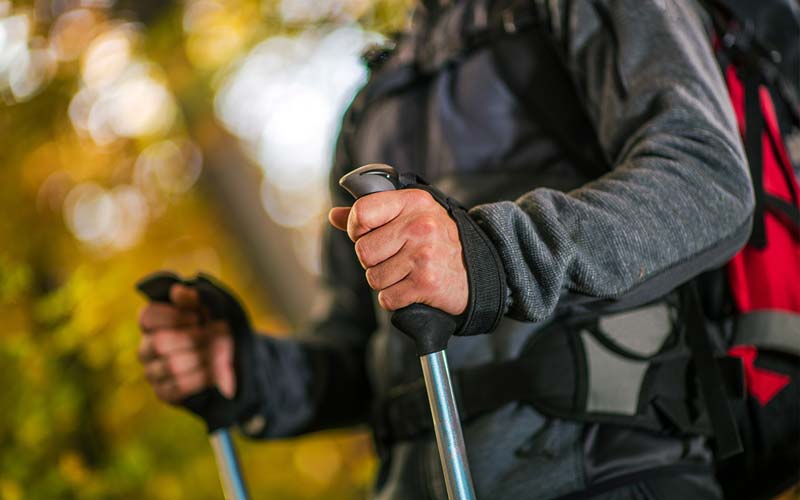
Benefits of Trekking Poles:
- Improve balance, coordination, and confidence on challenging terrain.
- Reduce strain on lower-body muscles and joints, particularly during uphill and downhill sections.
- Enhance overall hiking efficiency and reduce fatigue on long-distance treks.
Embarking on the challenge of climbing Mount Kilimanjaro is a monumental undertaking that requires careful preparation, dedication, and perseverance. By following these five essential tips, you’ll be well-equipped to tackle the challenges of Africa’s highest peak and embark on a journey of a lifetime. Whether you’re a seasoned trekker or a first-time adventurer, these expert insights will guide you every step of the way as you prepare for the ultimate adventure of climbing Mount Kilimanjaro.

